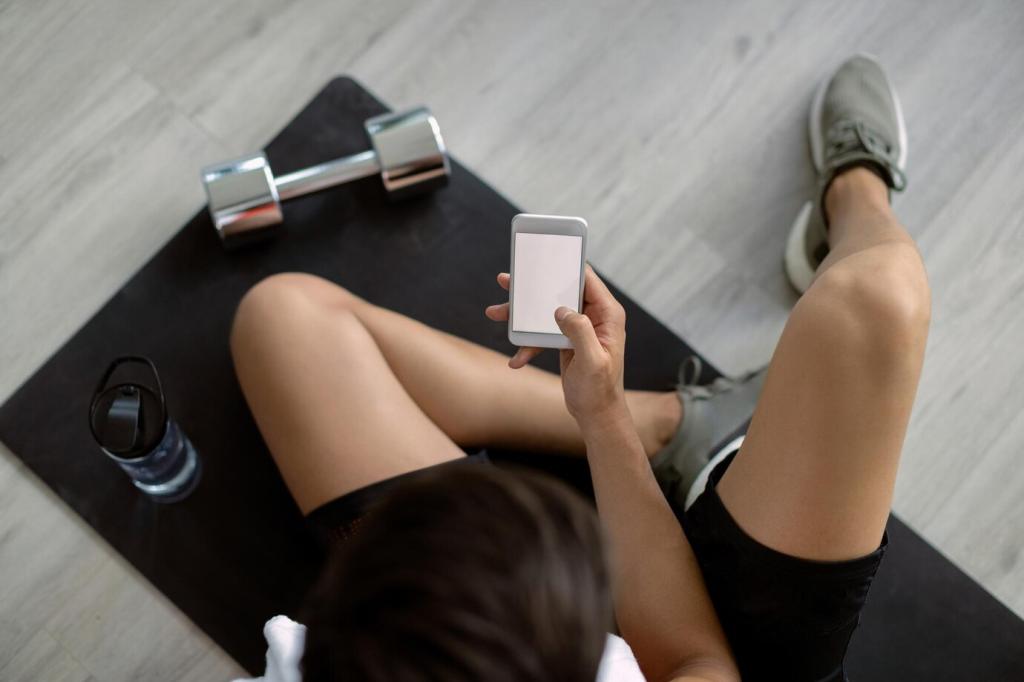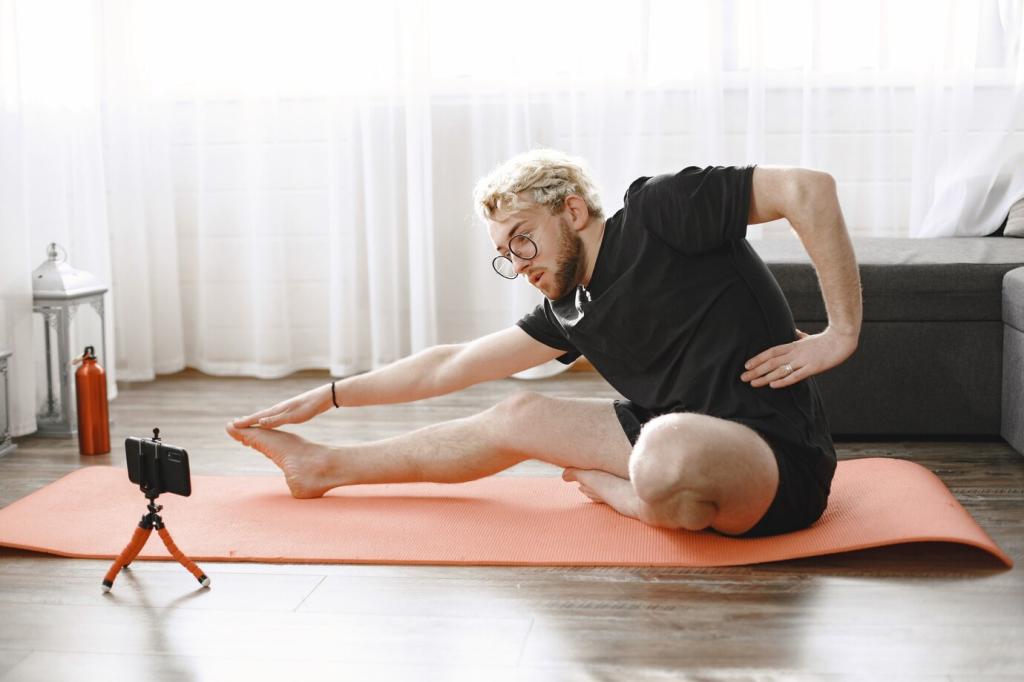Measure Progress: Track, Reflect, Celebrate
Use a wall calendar to tick completed sessions, jot a one-line note on energy, and rate effort with an easy one-to-ten scale. Simple data beats complicated spreadsheets when motivation and confidence are still growing.
Measure Progress: Track, Reflect, Celebrate
Every Sunday, review your notes: what felt good, what felt heavy, and what fit your schedule. Adjust one variable—duration, frequency, or intensity—by a small amount. Personalized tweaks keep progress steady and prevent discouraging leaps.






